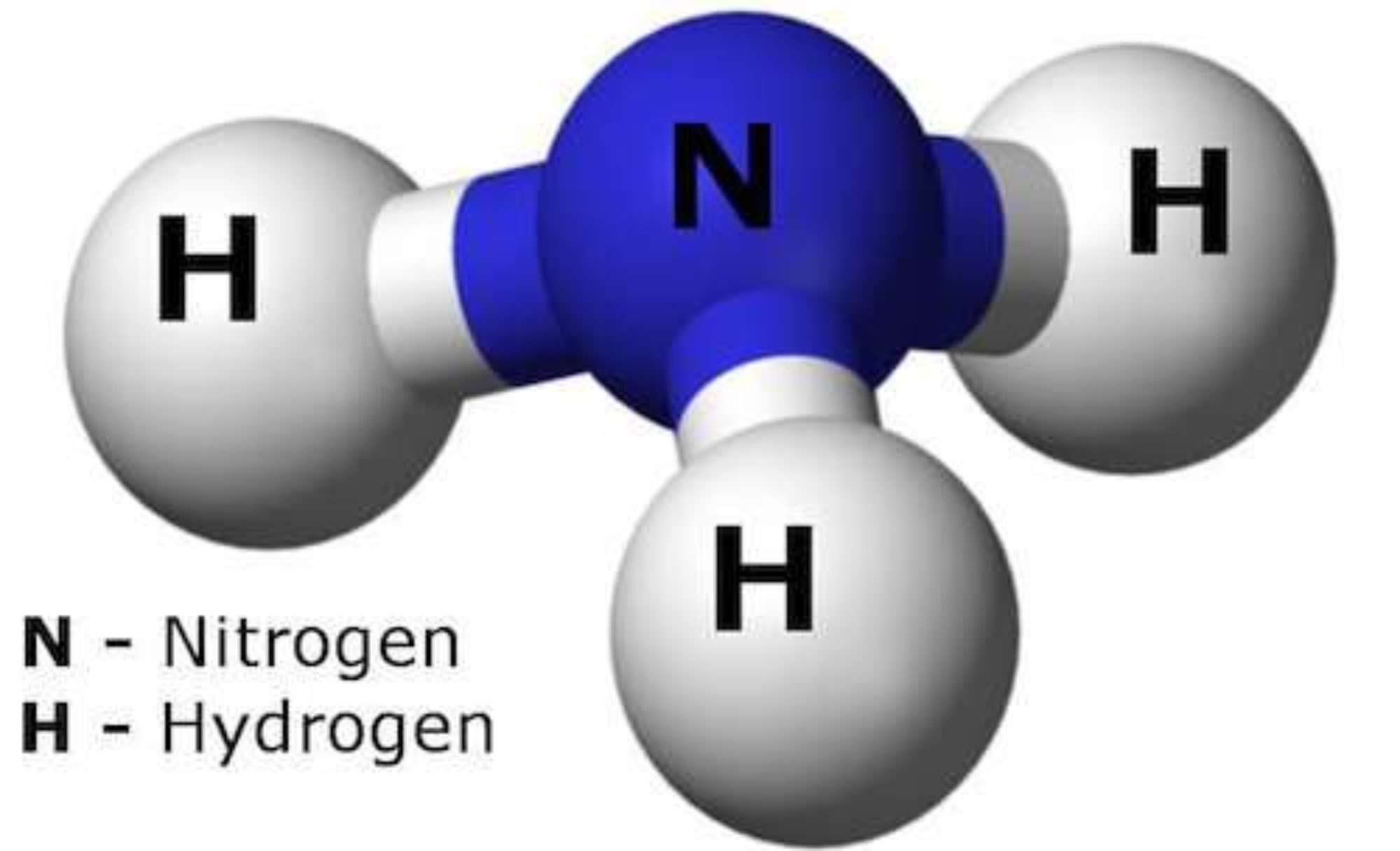NASA, Boeing, UCF to study zero-carbon ammonia jet fuel
By Paul Brinkmann
Jan. 28, 2022 at 2:00 AM


NASA is researching the feasibility of using ammonia as jet fuel, including how commercial airline fleets could be converted for its use — though it may take decades to do so. Photo courtesy of Boeing
ORLANDO, Fla., Jan. 28 (UPI) — New efforts are emerging to study ammonia as a clean, climate-friendly jet fuel, led by the University of Central Florida with a $10 million contract from NASA and cooperation from Boeing.
Known to most people as an ingredient in glass cleaners, ammonia in a pure form comprises three hydrogen atoms and one nitrogen atom.
At high temperatures, hydrogen can be released from ammonia to create hydrogen fuel, according to researchers working on the study.
But NASA wants research to look at the big picture of using ammonia commercially, how the commercial airline fleets could transition to ammonia fuel and what the overall environmental impact would be, according to the agency.
The fuel research is one of many green aviation experiments NASA is pursuing, including an upcoming test flight of an all-electric plane, the X-57 Maxwell.
Burning hydrogen as fuel results in little or no harmful emissions, Jay Kapat, professor of engineering at UCF, told UPI in an interview. Traditional jet fuel, on the other hand, produces carbon dioxide, carbon monoxide, particulates and other harmful emissions.

“There’s a lot of attention given to hydrogen fuel today. But the bottom line is, ammonia can be stored more easily in a liquid form than hydrogen, which must be supercooled in cryogenic chambers,” said Kapat, who is also director of UCF’s Center for Advanced Turbomachinery and Energy Research.
“While a jet is in flight, the chill of the high altitude alone would keep it chilled adequately,” he said.
NASA awarded UCF a five-year contract in December, and the university recently announced a larger team that will study ammonia, engines and fueling systems at airports.
Other groups participating are Georgia Tech, Purdue University in Indiana, Boeing, General Electric, Texas-based Southwest Research Institute, the Greater Orlando Aviation Authority and Pennsylvania-based software company ANSYS.
“We have a good concept,” Kapat says. “And by having our partners in industry we know we’ll fine tune and be ready for technology transition, so we can provide a greener future for our children.”
If all goes well, Kapat hopes to have another five years to run a pilot program, possibly in Orlando. After that, he thinks it could be 2040 or 2050 before commercial fleets would adopt ammonia fuel broadly.
“This isn’t something your plane will be using anytime soon, but we hope to spur it along,” he said.
The process of releasing hydrogen from ammonia provides cooling, which would be an added benefit, Kapat said, that would help to keep engine turbines from overheating.
